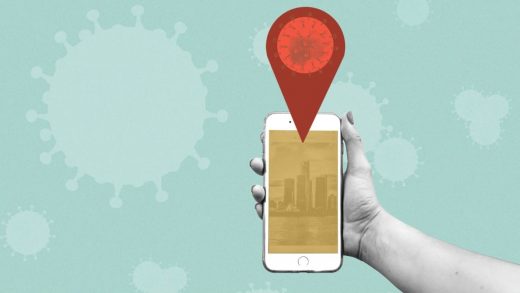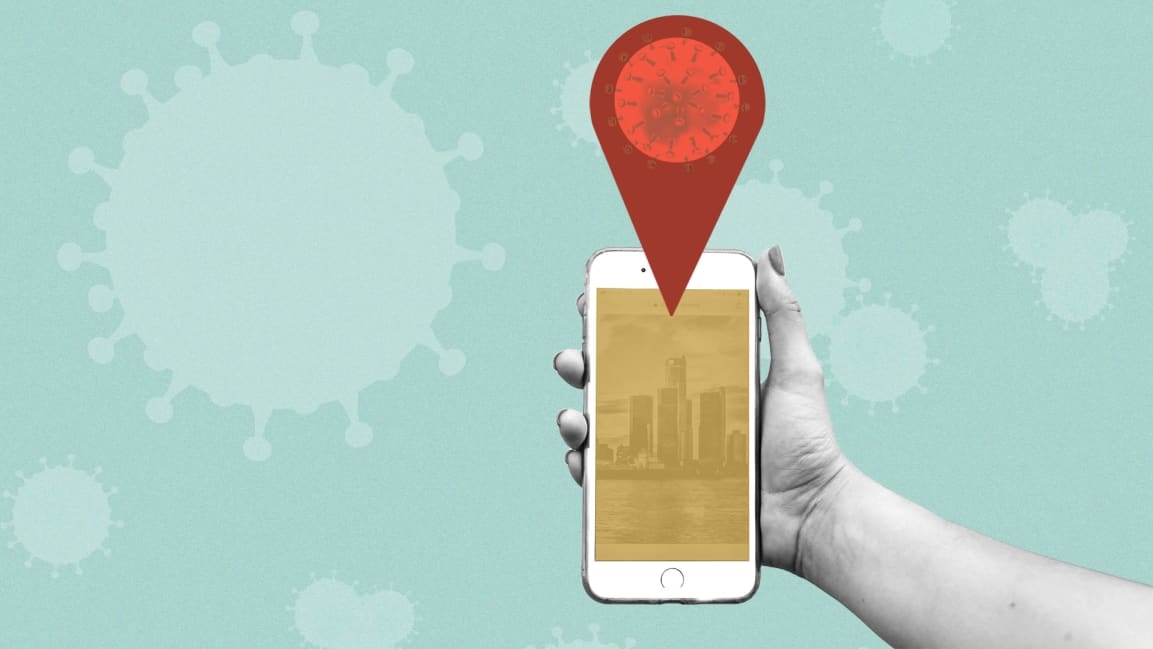How our cellphone location data can save us from a COVID-19 recession
It’s clear that COVID-19 has become a significant threat to our health globally, prompting many governments to undertake draconian measures to contain the epidemic. Most governments are relying on travel restrictions, isolation, and social distancing as the preeminent methods of stopping the spread of the virus.
These well-tested containment methods date back to the Middle Ages, or even earlier. The key reason why social distancing works so well is that it prevents infected people from coming into contact with noninfected people, which in turn stops the spread of the disease.
Unfortunately, this method also stops noninfected people from interacting with other noninfected people, often bringing organizations and economies to a grinding halt. Noninfected people interacting with each other causes no spread to the virus, while still allowing firms to function, even if at reduced levels of output. Thus, having these people interact with each other should be allowed, as doing so does not contribute to the spread of the virus.
The problem is, we do not know who is infected and who is not. This necessitates blanket bans, quarantines, and closing of borders. Recession is often an outcome of such measures.
Is there a way to figure out who is infected and who isn’t? One way to do this would be to give tests to everyone, ask people to administer them, and then ask those who test positive to self-quarantine. Unfortunately, this is currently not technologically feasible.
In our interactions with senior executives over the past few weeks, we have often been asked if there are better ways to do this. As academics who research the impact of technology and analytics, we believe that there is indeed a feasible solution to this problem. All you need is a cellphone data and some analytics. Here is how this would work.
We start with the subset of people who we know tested positive. Using cellphone tower data, we can figure out where these infected people have been and how long they have stayed in each location. Epidemiologists tell us that transmission is most likely to occur between people who are within one meter of each other for 15 minutes or more. We know that infections can also happen because the virus can survive on surfaces, and the analysis could incorporate this observation too, but for simplicity’s sake, we leave it out of analysis here.
So, we need to find who has been in the vicinity of these infected people for longer than 15 minutes. We can do this using the same cellphone tower data. This would immediately tell us which people are at a higher risk of being infected. We can then reach out to them, and inform them about the situation, and have them tested, and if they prove positive, ask them to seek medical help and quarantine.
We would then run the same analysis on the location history of these people to identify others who could be infected, reach out to them, test them, and get them to self-quarantine. Pretty quickly we would be able to isolate everyone who tests positive.
Of course, this solution is not perfect, as it would still not detect all infected people. However, it would definitely slow down the spread of the virus, allowing us to focus our testing efforts on those who really need it, give proper medical attention to them and contain the virus quickly. At the same time, those who test negative will be able to interact with each other and move on with business as usual, allowing us to continue with our economic activity and containing the economic crisis.
To do that we need to act now before the virus spreads to incredible proportions, at which point it will be too late to focus on containment, and all we can do then is just deal with the consequences.
This approach will also test what we are willing to endure as we fight the virus. Do we think it’s better to impose massive isolation costs by not letting millions of people, including those with no infections, interact with others for two weeks? Or should we, instead, waive our right to privacy and have a state agency analyze histories of where we have been in the last two weeks? Given where we are right now, we think we might seriously consider doing the latter.
Misiek Piskorski, PhD, is a professor of strategy and innovation and the dean of IMD Southeast Asia and Oceania, and Amit Joshi, PhD, is a professor of AI, analytics, and marketing strategy at IMD.
(9)



